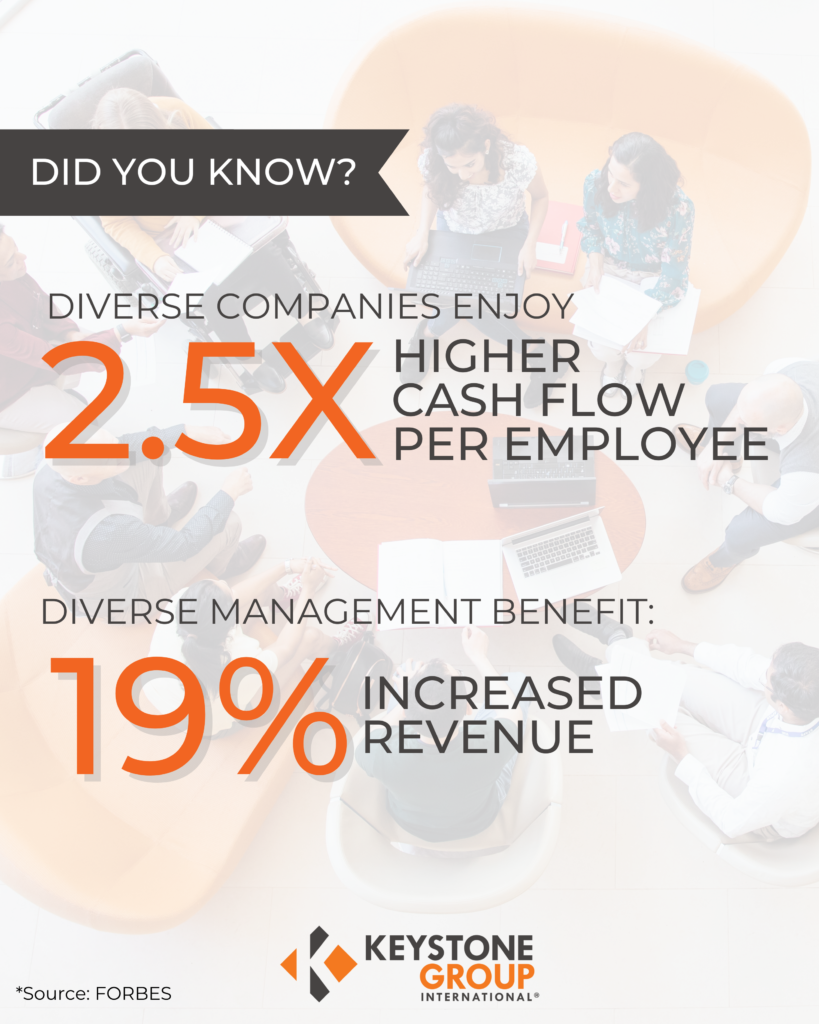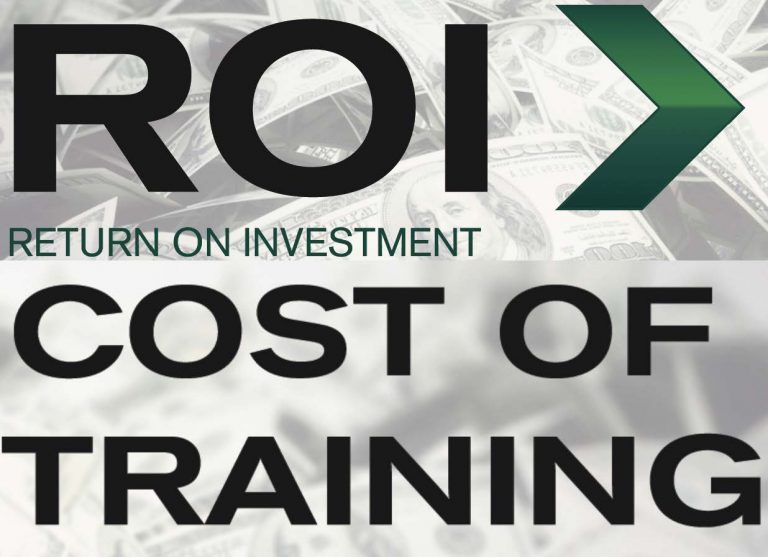Let’s dive into an intriguing concept: inclusivity and belonging. These two terms often confuse leaders; they sound simple but carry complex implications. So, what do they truly mean, and what do they look like in action?
The concept can be neatly explained through a quote by Liz Bolin: “Diversity is having a seat at the table. Inclusivity is having a voice. Belonging is having that voice be heard.” As such, diversity is the act of inviting different people into a space, inclusivity involves ensuring these people feel comfortable expressing their views, and belonging signifies that their thoughts are acknowledged and valued.
Jaime held a webinar on this very topic with Kelli Williams CEO of The BrandLab . Kelli says, “Drawing from my personal experiences, I’ve frequently been the only minority and woman in leadership roles within the marketing and advertising industry. While such diversity might have allowed organizations to check their boxes, I often questioned whether they truly valued my contribution or if I was merely a token to them. This query, I believe, is the key difference between diversity and the deeper concepts of inclusivity and belonging.”
Kelli continued to say:
When organizations foster inclusivity and belonging, they allow people who are not of the dominant culture to voice their unique perspectives. This approach should not incite fear but should instead inspire a desire to grow. For years, organizations have fixated on diversity as the finish line, but now it’s time to recognize that we’re just at the starting point.
We need to invite people into the conversation to drive this change rather than calling them out. Culture augmentation is an approach that promotes this shift. This method involves understanding an organization’s diverse perspectives, backgrounds, and skill sets and finding ways to enhance them.
Creating an inclusive environment also means allowing people to bring their whole selves to work. This principle goes beyond just saying it but also involves actively supporting and celebrating diverse backgrounds and experiences.
Unfortunately, not all organizations do this well. For instance, during the holiday season, it’s common for workplaces to focus solely on Christmas decorations, possibly making employees who don’t celebrate the holiday feel excluded. This lack of consideration for diversity underscores the importance of creating an inclusive environment.
But why should we care about diversity, inclusivity, and belonging? The reasons go beyond just ethical considerations; they also make good business sense. Diverse companies enjoy 2.5 times higher cash flow per employee, and diverse management boosts revenue by 19%. Given that nearly half of Gen Z identifies as racial or ethnic minorities, embracing diversity is no longer optional for organizations.

However, merely inviting diversity is not enough. Industries need to create an environment where individuals feel a sense of belonging, encouraging them to stay. As leaders, we should strive to create a nurturing environment. It involves understanding that we might occasionally make mistakes. The key is to learn from these errors and continually strive to foster inclusivity and belonging. We should also encourage leaders to deeply understand what truly matters to them, as this self-awareness can help drive inclusivity in their organizations.
Embracing diversity, inclusivity, and belonging is not just about doing the right thing. It’s also about ensuring the future success of our organizations. As society continues to evolve, it’s crucial for businesses to reflect this change and strive to create an environment where every voice is valued.
For more of this interview, visit our YouTube Channel.















